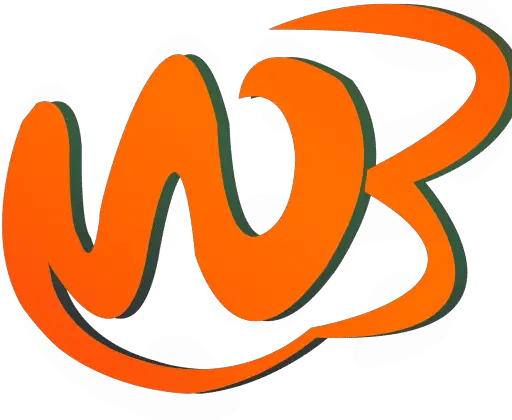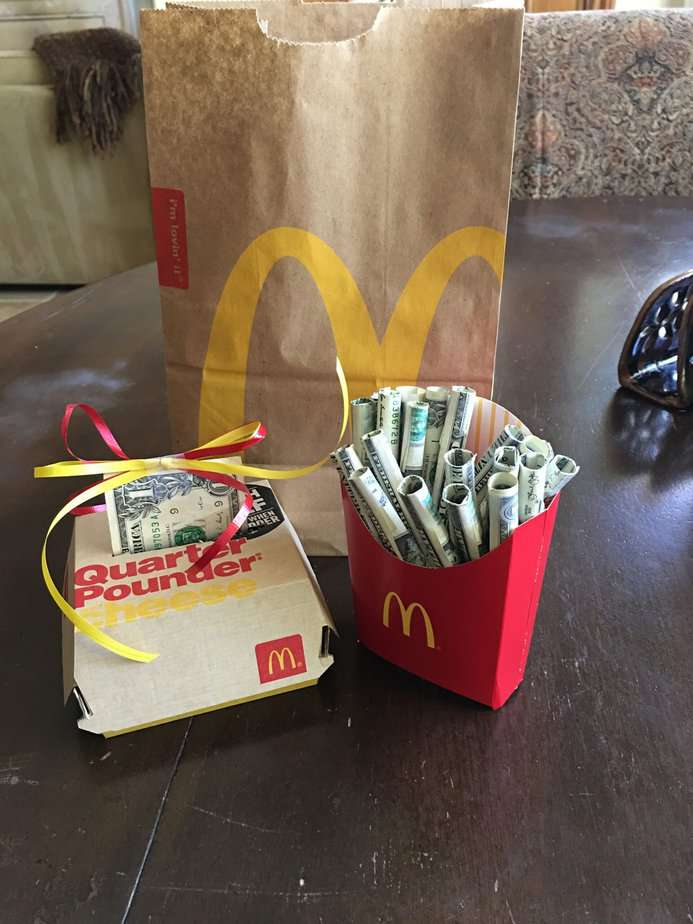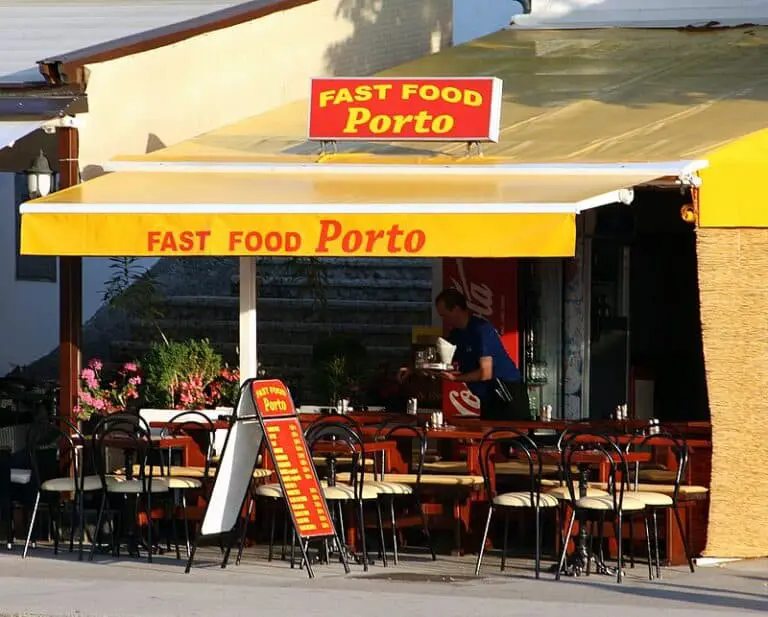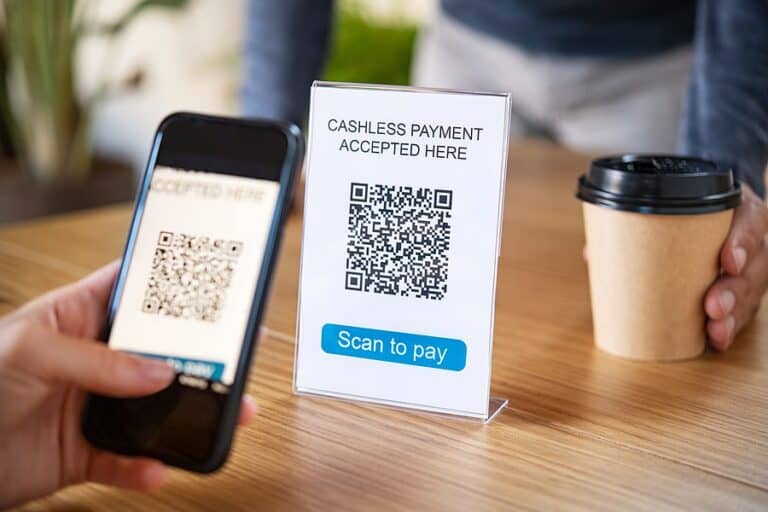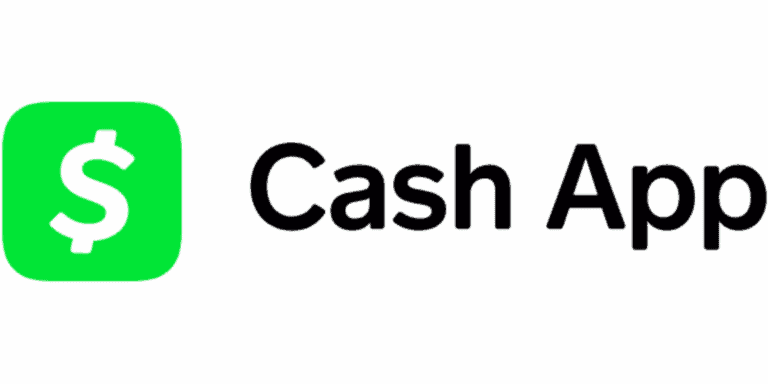As a loyal McDonald’s customer, it’s important to understand the payment options available to you at your favorite fast-food restaurant. McDonald’s strives to make the ordering and payment process as convenient as possible for its customers.
Overview of McDonald’s payment options
McDonald’s offers various payment methods to accommodate different preferences and needs. These options include:
- Cash: The most traditional form of payment, McDonald’s accepts cash at all its locations. This is a convenient option if you prefer to pay with physical currency.
- Credit and Debit Cards: McDonald’s accepts major credit and debit cards, including Visa, Mastercard, Discover, and American Express. This provides a convenient and secure way to pay for your meal without carrying cash.
- Mobile Payments: McDonald’s also accepts mobile payments through various platforms and digital wallets. These include popular services like Apple Pay, Google Pay, and Samsung Pay.Using your mobile device for payment offers added convenience and speed at the checkout counter.
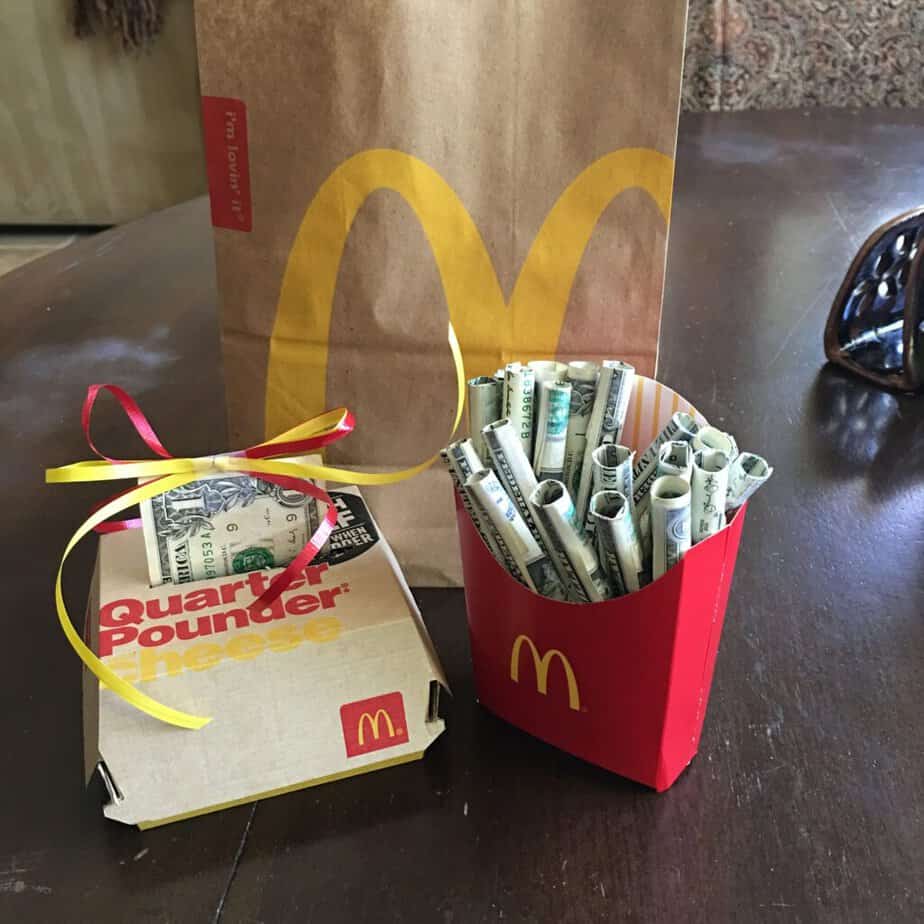
Accepted forms of payment at McDonald’s
At McDonald’s, you have several options to choose from when it comes to payment. Here’s a list of the accepted forms of payment:
- Cash
- Credit cards (Visa, Mastercard, Discover, American Express)
- Debit cards
- Mobile payments (Apple Pay, Google Pay, Samsung Pay)
- Gift cards
It’s important to note that individual McDonald’s locations may have specific payment policies, so it’s always a good idea to check with your local restaurant if you have any questions or concerns about payment options.
In conclusion, McDonald’s offers a range of payment options to cater to the diverse preferences of its customers. Whether you prefer to pay with cash, credit or debit cards, or use mobile payment methods, McDonald’s aims to provide a seamless and convenient payment experience for everyone.
Does McDonald’s accept 100 dollar bills?
Factors affecting acceptance of 100 dollar bills at McDonald’s
Have you ever found yourself standing in line at McDonald’s with only a $100 bill in your wallet, wondering if they accept it? Well, the answer is not as simple as a yes or no. McDonald’s locations have different policies when it comes to accepting large denominations like a $100 bill. Here are some factors that may affect their acceptance:
- Store policy: Each McDonald’s branch can set their own policy regarding the acceptance of large bills. Some stores may accept $100 bills while others may not. It is important to note that these policies can vary from location to location.
- Safety concerns: One of the reasons some McDonald’s locations may decline a $100 bill is due to safety concerns. Carrying a large amount of cash can increase the risk of theft or counterfeit bills. Therefore, some stores may opt not to accept large bills for the safety of their employees and customers.
Tips for using large denominations at McDonald’s
If you find yourself with only a $100 bill and you’re craving a Big Mac, here are some tips to increase your chances of success:
- Call ahead: Before heading to a specific McDonald’s location, give them a quick call to inquire about their policy on accepting $100 bills. This way, you can avoid any inconvenience or disappointment.
- Use smaller bills or alternative payment methods: To ensure a hassle-free transaction, it’s always a good idea to carry smaller bills or utilize alternative payment methods like debit or credit cards. McDonald’s is more likely to accept these forms of payment.
- Visit a bank or ATM: If all else fails, consider stopping by a bank or ATM to exchange your $100 bill for smaller denominations. This way, you can ensure that you have the appropriate currency for your McDonald’s purchase.
It’s important to remember that policies can vary from one McDonald’s location to another, so it’s always best to check ahead of time to avoid any inconvenience or disappointment.
Alternatives to 100 dollar bills at McDonald’s
Recommended forms of payment at McDonald’s
When it comes to paying for your meal at McDonald’s, carrying around large bills like 100 dollar bills may not always be the most convenient option. To ensure a smooth and hassle-free experience, it is recommended to use alternative forms of payment that are widely accepted at McDonald’s.
- Cash: While carrying smaller denominations of cash is advisable, McDonald’s does accept larger bills, including 100 dollar bills. However, keep in mind that it may take longer for the cashier to process larger bills and provide you with change, especially during peak hours. For a quicker transaction, consider using smaller denominations.
- Debit or Credit Cards: McDonald’s accepts most major debit and credit cards, making it convenient for customers to pay without the need for cash. Simply swipe or tap your card at the terminal, enter your PIN if required, and your payment will be processed swiftly. This option allows for contactless payment, reducing the need for physical interaction with cash or coins.
- Mobile Wallets: Another convenient and secure option is to use mobile wallets such as Apple Pay, Google Pay, Samsung Pay, or other compatible payment apps. Simply add your debit or credit card information to the app, and you can make payments by tapping your phone at the terminal. Mobile wallets offer added security measures like fingerprint or facial recognition for authentication, providing peace of mind while making transactions.
Convenience of using smaller denominations or electronic payment methods
Using smaller denominations or electronic payment methods offers several benefits when paying at McDonald’s.
• Speed: Carrying smaller bills or using electronic payment methods allows for faster transactions at the counter or self-service kiosks. This saves you time, especially during busy periods when long queues can form.
• Security: Carrying large bills can attract unnecessary attention and increase the risk of loss or theft. Using smaller denominations or electronic payment methods eliminates the need to carry excess cash and provides a more secure payment option.
• Accessibility: Smaller denominations ensure you have the correct change readily available, avoiding the need for the cashier to provide change for larger bills. Additionally, electronic payment methods are widely accepted, making them accessible to everyone, even if they don’t carry cash.
In conclusion, while McDonald’s does accept larger bills like 100 dollar bills, using smaller denominations or electronic payment methods offers convenience, speed, security, and accessibility. Consider these alternative forms of payment to enhance your dining experience at McDonald’s, ensuring a seamless transaction every time.
Tips for a smooth transaction at McDonald’s
Best practices for paying at McDonald’s
McDonald’s is one of the most popular fast-food chains in the world, known for its quick service and delicious meals. To ensure a smooth transaction during your visit, here are some best practices for paying at McDonald’s.
- Prepare your payment method in advance: Before reaching the counter, decide on your preferred payment method, whether it’s cash, credit card, or mobile payment. Having your payment ready will help speed up the ordering process and reduce wait times for everyone involved.
- Use contactless or mobile payment options: Many McDonald’s locations now offer contactless payment options, allowing you to pay with a simple tap of your card or mobile device. These options are not only convenient but also reduce contact and promote safety.
- Keep small bills and change: If you plan to pay with cash, try to have small bills and change on hand to make the process smoother. This will prevent delays in providing change and help keep the line moving quickly.
- Check for promotions and deals: McDonald’s frequently offers promotions and deals on their menu items. Before placing your order, check their website or mobile app for any available discounts. This way, you can save money while enjoying your favorite McDonald’s meal.
How to handle payment issues or concerns
While McDonald’s strives to provide a seamless payment experience, occasionally, issues or concerns may arise. Here’s what you can do to handle payment problems effectively:
- Speak to the cashier or manager: If you encounter any issues during the payment process, such as an incorrect charge or difficulty with a payment method, politely communicate your concern to the cashier or manager. They will assist you in resolving the problem promptly.
- Keep your receipt: Always keep your receipt after making a payment. It serves as proof of purchase and can be helpful if any disputes or discrepancies arise later. McDonald’s staff can better assist you when you have a receipt available.
- Reach out to customer service: If your payment issue remains unresolved or you have further concerns, you can contact McDonald’s customer service. They have dedicated representatives who can address your concerns and provide appropriate solutions.
By following these tips for a smooth transaction and handling payment issues effectively, you can enjoy a hassle-free experience at McDonald’s. Remember to be patient and courteous, and the McDonald’s staff will do their best to ensure your satisfaction.
Conclusion
In conclusion, McDonald’s does accept $100 bills as a form of payment. However, it is important to note that individual store policies may vary, and it is always recommended to check with the specific McDonald’s location beforehand.
Summary of McDonald’s payment policies and recommendations
McDonald’s restaurants generally accept multiple forms of payment, including cash, credit cards, debit cards, and mobile payment options such as Apple Pay and Google Pay. $100 bills are generally accepted, but it is advisable to check with the individual store beforehand, as some locations may have specific policies in place.
When using cash to pay at McDonald’s, it is recommended to have smaller denomination bills to make transactions smoother and faster. This helps minimize the potential inconvenience of waiting for change in busy periods or avoiding any confusion.
McDonald’s also offers various contactless payment options, which are becoming increasingly popular and convenient. These include mobile payment methods like Apple Pay and Google Pay, as well as tap-to-pay options with compatible credit or debit cards. These methods provide a quick and hassle-free way to pay for your McDonald’s order.
Additional resources for further information
For more detailed information on McDonald’s payment policies and accepted forms of payment, it is best to visit the official McDonald’s website or contact their customer service. Additionally, you can reach out to the specific McDonald’s location you plan to visit for any specific questions or concerns regarding payment methods.
